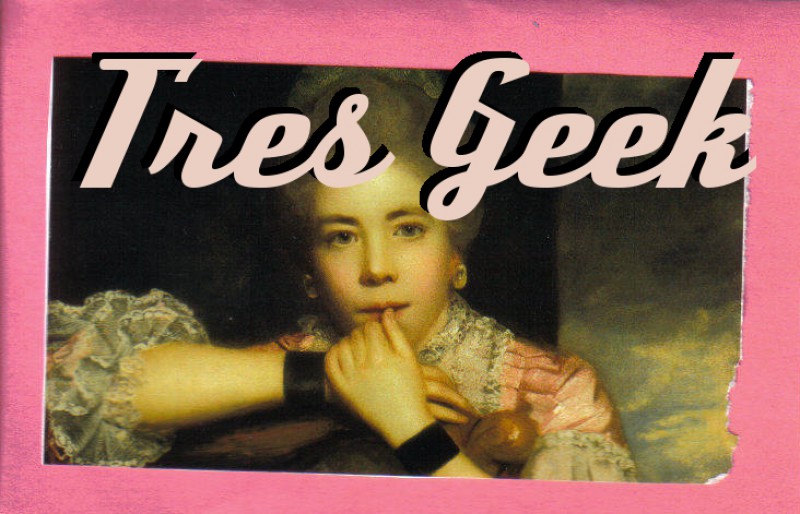I often say that I don’t remember being taught the basic rules of baseball — balls and strikes, relief pitchers vs. starters, why first base is the position where you “hide” your defensive liability — because in my family this was all such common knowledge that it seemed like we learned it by osmosis. My knowledge of Cardinals history is not quite as hazy in origin; I remember my father regaling us around the dinner table with stories about Bob Gibson and Stan Musial, imprinting a love for the Cardinals on his children even as the current team descended into its post-1987 mediocrity. But consider, for a moment, that my father was born in 1957. The Gibby stories were of a player he had watched through his teens, had embraced and celebrated the way we were learning to cherish Ozzie Smith. The Stan stories were of a player who retired when my father was only six; most of the best stories were not my father’s memories, but his father’s. And yet, if you watched a game on the right day, you could actually see Stan, sitting in the stands, waving to the crowd, occasionally venturing into the broadcast booth.
Albert Pujols, a player the St. Louis fans long thought would be the person to take up and carry on Stan’s mantle, refused the nickname “El Hombre” because it infringed on Stan’s “The Man” nickname (and continued to reject it even after going to Anaheim). When he left last offseason, I wrote:
[this] is what makes sports fandom so hard, so frustratingly stupid at times: the rational part of your brain knows the player isn’t trying to hurt you — he doesn’t even know you.
Stan was different. It wasn’t just that we felt like Stan knew us; there are reams of fan anecdotes to verify that Stan treated everyone who approached him like they were a good friend. If you were not lucky enough to have such a story (I am not), you always entertained the possibility that someday maybe you’d be in the right place at the right time and get to shake his hand. He was ours, and he remained so for so long, it seemed like we might never have to give him up. Last spring, he came out for Opening Day looking noticeably frail. His wife of over half a century passed away during the season. We didn’t want to add up these signs. We weren’t ready to let him go.
Someday, I will tell my own children about Stan, just like I’ll tell them about Ozzie, and about what it was like when Albert came out of nowhere. But it won’t be quite the same as when my dad told us. Stan’s a true legend now, just out of reach in the history books, not on the TV waving and rooting on the Cardinals. The next great Cardinal won’t have a picture like this in his Google image search.
Goodbye, Stan. The world will miss you, and baseball will miss you, but Cardinals fans will miss you most of all.
